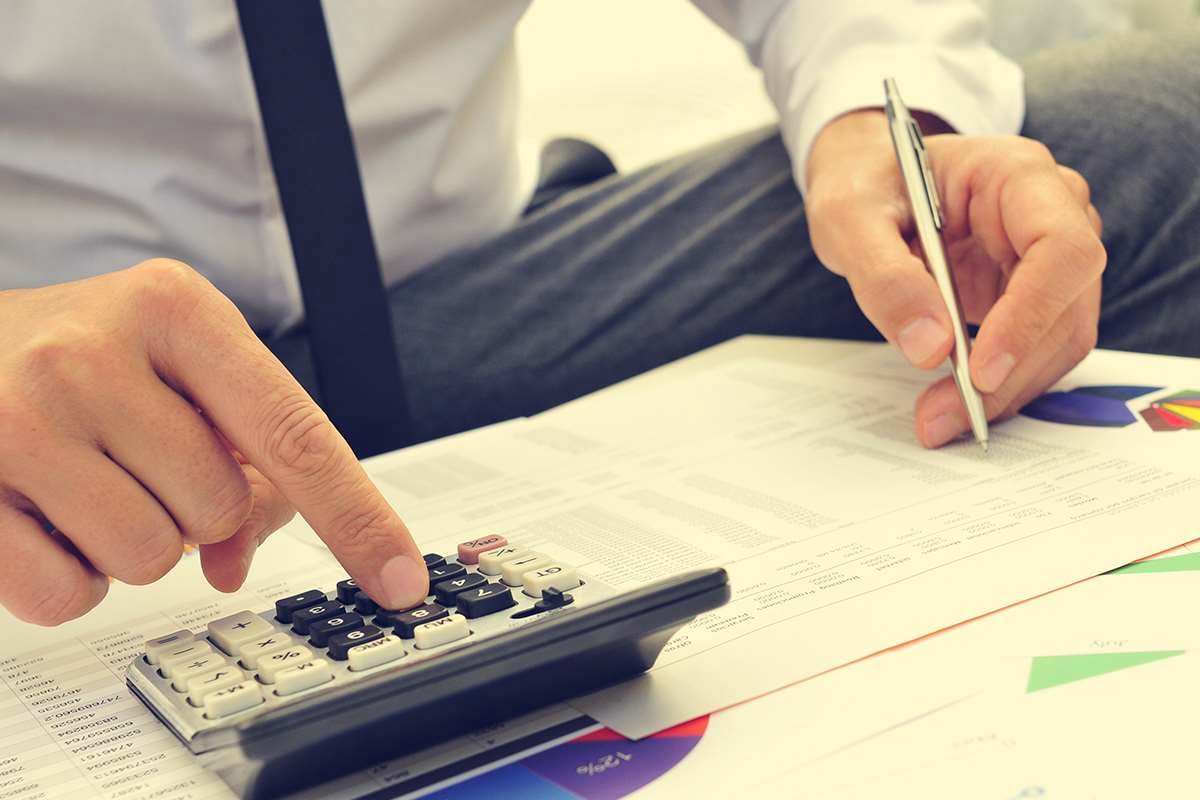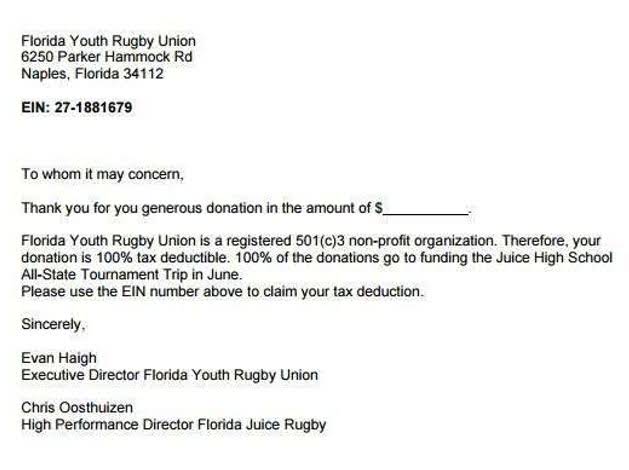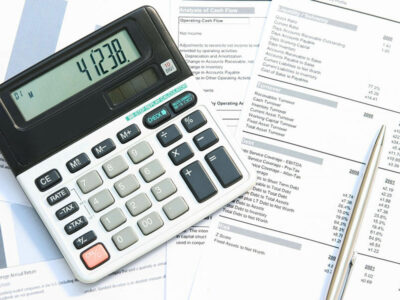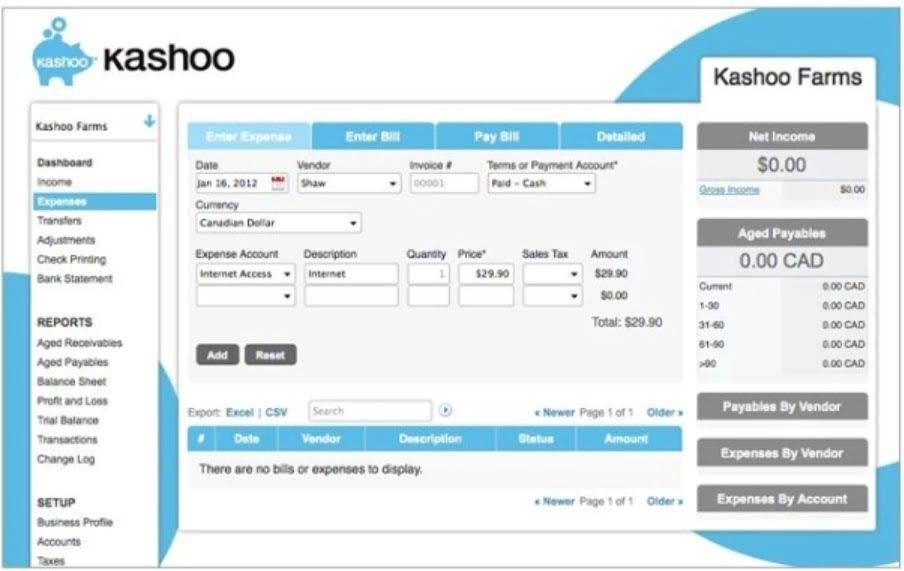
From different perspectives, experts offer insights on estimating salvage value. Some argue for using the book value approach, which considers the asset’s original cost minus accumulated depreciation. This method provides a conservative estimate, as it assumes the asset will have minimal value at the end of its useful life. The physical condition and maintenance of the asset throughout its useful life are also crucial. Accounts Payable Management Regular maintenance and timely repairs can prolong an asset’s operational life and enhance its eventual salvage value.
Everything You Need To Master Financial Modeling

Regardless of the approach, salvage value directly impacts a company’s balance sheet, income statement, and tax obligations. These examples highlight why salvage value is an important financial estimate. Whether dealing with vehicles, equipment, or property, businesses must consider depreciation, maintenance, and market conditions when determining an asset’s final worth. Salvage value plays a key role in accounting, tax calculations, and overall financial decision-making. If an asset’s end-of-life value is ignored or miscalculated, it can affect depreciation expenses, tax liabilities, and even profitability projections. When companies buy assets like equipment or vehicles, they expect these items to lose value over time due to wear and tear.
Units of production method
An estimated salvage value can be determined for any asset that a company will be depreciating on its books over time. Some companies may choose to always depreciate an asset to $0 because its salvage value is so minimal. Salvage value is the estimated book value of an asset after depreciation is complete, based on what a company expects to receive in exchange for the asset at the end of its useful life. As such, an asset’s estimated salvage value is an important component in the calculation of a depreciation schedule.
Benefits of Finding Asset Salvage Value
- Due to a financial problem, the vendor sells the store or property for a very cheap price.
- SmartAsset Advisors, LLC (“SmartAsset”), a wholly owned subsidiary of Financial Insight Technology, is registered with the U.S.
- Salvage value is also known as scrap value or residual value and is used when determining the annual depreciation expense of an asset.
- Understanding the broader economic environment is essential when estimating salvage value.
- Salvage value helps determine the asset’s depreciation—how much its value drops each year—so that businesses can properly track expenses.
If it is too difficult to determine a salvage value, or if the salvage value is expected to be minimal, then it is not necessary to include a salvage value in depreciation calculations. Instead, simply depreciate the entire cost of the fixed asset over its useful life. Any proceeds from the eventual disposition of the asset would then be recorded as a gain. On the balance sheet, salvage value contributes to an asset’s net book value, impacting a company’s financial position. A higher net book value may enhance the asset base, which can what is salvage value be favorable when seeking financing.
How to Calculate NoPAT and Optimize Business Performance
In rare cases, if demolition or disassembly costs equal to or exceed the scrap value, it will become zero. PwC refers to the US member firm or one of its subsidiaries or affiliates, and may sometimes refer to the PwC network. This content is for general information purposes only, and should not be used as a substitute for consultation with professional advisors. Scrap value might be when a company breaks something down into its basic parts, like taking apart an old company car to sell the metal. This is often the case with low-cost assets such as office supplies or furniture.
- Several factors can affect the salvage value of an asset, including its condition, market demand, technological advancements, age, and usage.
- For example, suppose a company sells a machine for $20,000 at the end of its useful life, and the book value of the machine is $10,000.
- If the company estimates that the entire fleet would be worthless at the end of its useful life, the salvage value would be $0, and the company would depreciate the full $250,000.
- Remember that while formulas and methods provide a framework, real-world judgment and context play a vital role in determining salvage value for specific assets.
- Scrap value is conservative and simple, but it may ignore the potential resale value of the asset.
- A higher salvage value can enhance the NPV, making an investment more attractive.
Step 1: Determine Initial Cost

For example, if there is high demand for used commercial trucks, the salvage value of a company’s fleet of trucks may be higher than originally estimated. Secondly, the salvage value of an asset can also impact the resale value of the asset. By taking into account the estimated salvage value of an asset, a company can better determine the optimal time to sell the asset to maximize its resale value. It is a critical factor in determining the depreciation of an asset, which is the reduction in the value of an asset over time. The determination of an asset’s salvage value is important in asset management for a variety of reasons. Salvage value is subject to uncertainty and risk, as it is based on estimates and assumptions that may not materialize or change over time.
- Organizations often rely on accounting standards like the International Financial Reporting Standards (IFRS) or historical data from similar assets to make these estimates.
- Conversely, during downturns, demand may wane, reducing the potential resale price.
- This is the most the company can claim as depreciation for tax and sale purposes.
- This enables finance teams to optimize tax planning and make smarter capital investment decisions.
- The salvage price of the asset and scrap value calculation are based on the original price and depreciation rate.
Now, you are ready to record a depreciation journal entry towards the end of the accounting period. A depreciation schedule helps you with mapping out monthly or yearly depreciation. Once you know the salvage value, you may go ahead to calculate depreciation. We can see this example to calculate salvage value and record depreciation in accounts. In such cases, the insurance company decides if they should write off a damaged car considering it a complete loss, or furnishing an amount required for repairing the damaged parts. So, in such a case, the insurance company finally decides to pay for the salvage value of the vehicle rather than fixing it.

Please Sign in to set this content as a favorite.
Companies use this value to figure out how much to accounting subtract from the original cost of the thing when calculating its wear and tear. It’s also handy for guessing how much money they might make when they get rid of it. Salvage value can be considered the price a company could get for something when it’s all used up.

